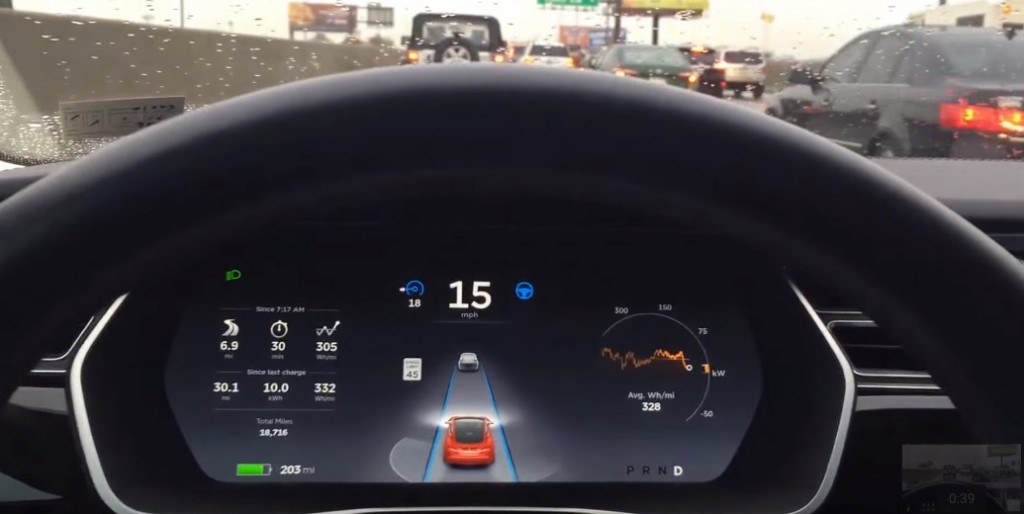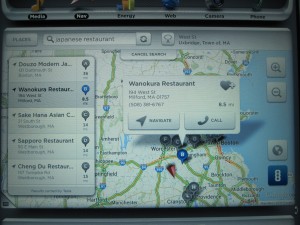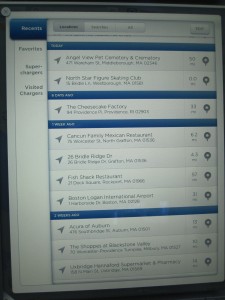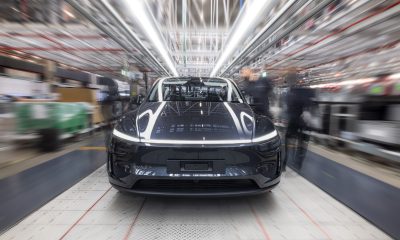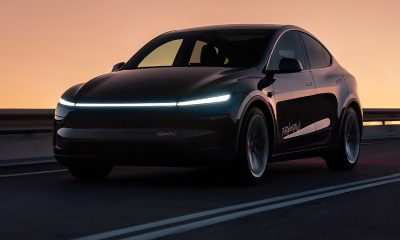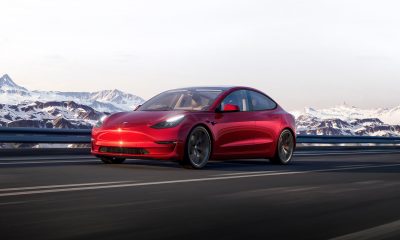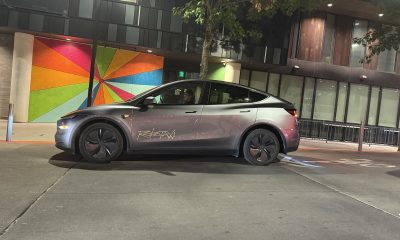News
How will Tesla Version 8 compare to current Autopilot in the real world?
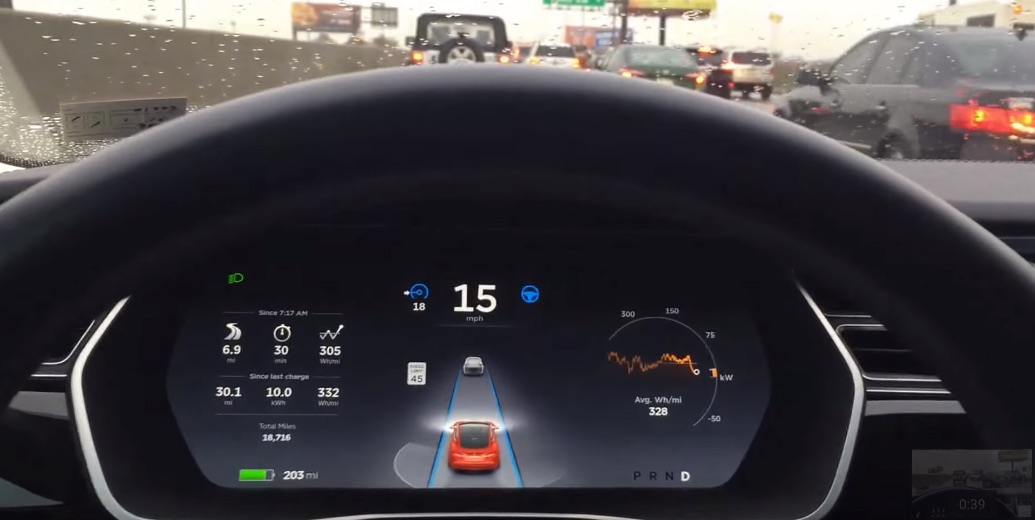
Tesla’s upcoming Version 8 software will be the company’s most significant Autopilot upgrade since its October 2014 initial release, but how will these updates compare to current Autopilot behavior in the real world?
This will be the first time the company will switch from using the vehicle’s front-facing camera as the core hardware responsible for visual image recognition, to radar technology which will now become the primary sensor used in creating a virtual picture of the vehicle’s surroundings.
With these improvements, to be rolled out via an over-the-air software update in the coming weeks, Model S equipped with the Autopilot hardware suite and Model X should theoretically be able to handle emergency braking situations with more precision, provide a smoother Traffic Aware Cruise Control (TACC) experience, take highway exits on its own, and provide drivers and passengers with an overall safer experience.
Let’s take a look at each of these features and see how Autopilot in Version 8 will differ from current Version 7 capabilities.
Automatic Emergency Braking
Following the much publicized death of Joshua Brown after his Model S crashed into the side of a tractor trailer while driving on Autopilot, reliability of Autopilot’s Automatic Emergency Braking (AEB) feature was immediately put to question. Tesla released a statement stating that the high, white side of the tractor trailer, combined with a radar signature that would have looked very similar to an overhead sign, caused automatic braking not to fire. “Since January 2016, Autopilot activates automatic emergency braking in response to any interruption of the ground plane in the path of the vehicle that cross-checks against a consistent radar signature,” said Tesla.
Spy shots taken from the Naval Air Station reveal Tesla was testing and calibrating its AEB system this past summer. But despite the tests which seemingly show a Model S automatically braking in a staged collision event, Tesla has been overly cautious when it comes to activation of its AEB feature. AEB is reliant on imagery received from its front-facing camera, and supplemented by radar input, to decide on the degree of confidence that would trigger a braking event.
Some Tesla owners have even taken it upon themselves to stage scenarios that would seemingly trigger the AEB response of the vehicle, but to no avail leaving further mystery as to how AEB works.
The current Autopilot system under Version 7 is limited in its ability to reliably detect people or pinpoint false positives such as reflective objects that may appear larger than they are. Tesla uses the concave bottom of a soda can as an example. When the radar signal is reflected back from the can’s bottom dish-shaped surface, the reflected signal is amplified to many times its actual size leading the radar to believe there’s a large object before it. Because of that, programming the AEB system to suddenly engage could lead to a dangerous situation so Tesla decided to limit the scenarios that could actually trigger an automatic emergency braking response.
However, Version 8 will combine the power of fleet learning with “radar snapshots” to improve the vehicle’s ability to more accurately depict the circumstances of an event. In other words, we can expect Autopilot under Version 8 to have a much higher degree of confidence when it comes to engaging automatic emergency braking. Tesla CEO Elon Musk believes this set up will provide safety improvements by a factor of three over existing Autopilot.
Traffic Aware Cruise Control
Beyond being able to track a vehicle that’s directly in front of the car, Version 8 of Autopilot will also be able to see the vehicle ahead of that. Tesla describes this update as follows: Tesla will also be able to bounce the radar signal under a vehicle in front – using the radar pulse signature and photon time of flight to distinguish the signal – and still brake even when trailing a car that is opaque to both vision and radar. The car in front might hit the UFO in dense fog, but the Tesla will not.
The improvement will lead to smoother braking events when TACC is engaged since Autopilot will no longer solely rely on the actions from the vehicle before it. If a hard braking event happened in front of the vehicle that Autopilot is immediately tracking, Version 8 will be able to identify it and slow the Model S (or Model X) even before the vehicle directly ahead may have applied the brakes.
The following video captures an incident whereby the vehicle being tracked by Version 7 of Autopilot could not see the hard braking event that took place two cars ahead. TACC seemingly did not have enough time to stop the Model S.
Being able to see two cars ahead in Version 8 will provide a smoother TACC experience and increased safety.
Improved Auto Lane Change and Freeway Exiting
What we’re particularly excited about is the new feature in Version 8.1 that will allow an Autopilot-equipped Model S and Model X to take highway exits using the onboard navigation system.
Currently, Version 7 of Autopilot is capable of handling lane changes when the driver explicitly uses the turn signal stalk. Signaling left and the vehicle will make a left lane change, and vice versa. However with the ability to punch in a destination through Tesla Nav and have the vehicle assist with freeway exiting, assuming that’s part of the route, in our minds, Tesla is taking a critical step towards the ultimate goal of building fully autonomous self-driving vehicles. It’s a small step, but nonetheless it’s a notable step.
Photo credit: Rob M.
Full details of Tesla Version 8 can be found here.
Elon Musk
Tesla Board Chair discusses what is being done to protect CEO Elon Musk
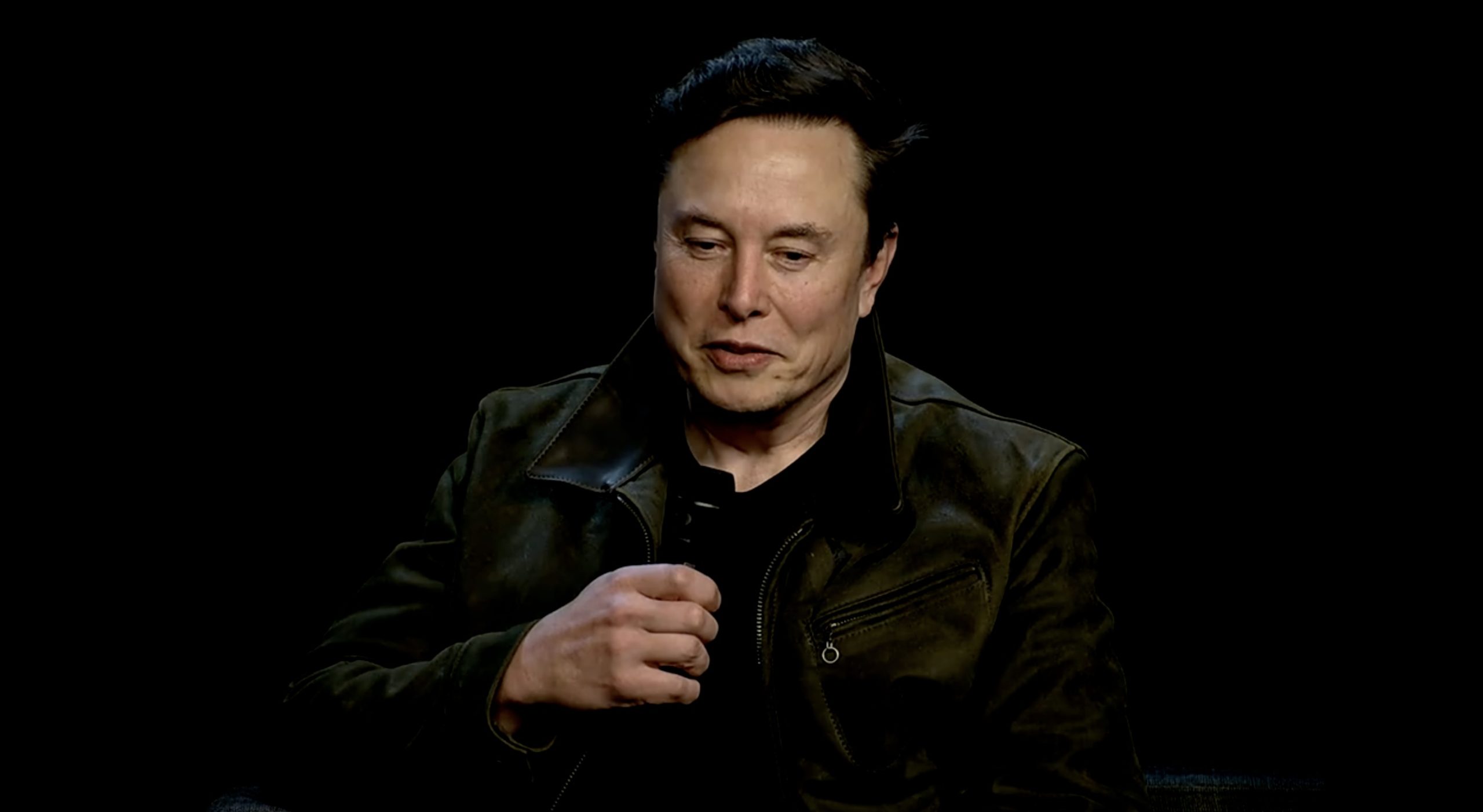
Tesla Board Chair Robyn Denholm met with Bloomberg this morning to discuss a variety of topics, but perhaps one of the most interesting was her comments on what is being done to protect company CEO Elon Musk.
After the assassination of right-wing political commentator Charlie Kirk this week, there have been concerns about Musk’s safety, as well as that of other high-profile business leaders and political figures.
Earlier this week, Musk said himself that his security detail would be increased significantly following Kirk’s death, a move that many investors and fans of the company had requested because of political violence.
Elon Musk assures Tesla investors he will enhance his security detail
“Definitely need to enhance security,” Musk said. Tesla spent $3.3 million on Musk’s security in 2024 and January and February 2025. For reference, Meta spent over $27 million on Mark Zuckerberg’s security last year, which is higher than any other tech CEO.
During Denholm’s appearance on Bloomberg TV earlier today, she stated that the company has been focused on Musk’s security detail for “many years,” especially considering he is one of the richest people on Earth and holds an incredible amount of influence.
“It is something that we take very seriously; he takes it very seriously as well. So, again, from a board perspective, it is something we’ve discussed at length,” Denholm said.
Tesla Board Chair Robyn Denholm on increased security for CEO Elon Musk:
— TESLARATI (@Teslarati) September 12, 2025
Denholm added that she believes “there is not anyone in a boardroom that is not touched by what has happened with Charlie Kirk.”
Although Musk’s political involvement has toned down significantly in the past, he still has enemies, especially based on groups that oppose him and the company specifically. Based on this week’s events, it feels that increased security is a necessary expense Tesla must account for.
Investor's Corner
Tesla bear turns bullish for two reasons as stock continues boost
“I think from a trading perspective, it looks very interesting,” Nathan said, citing numerous signs of strength, such as holding its 200-day moving average and holding against its resistance level.
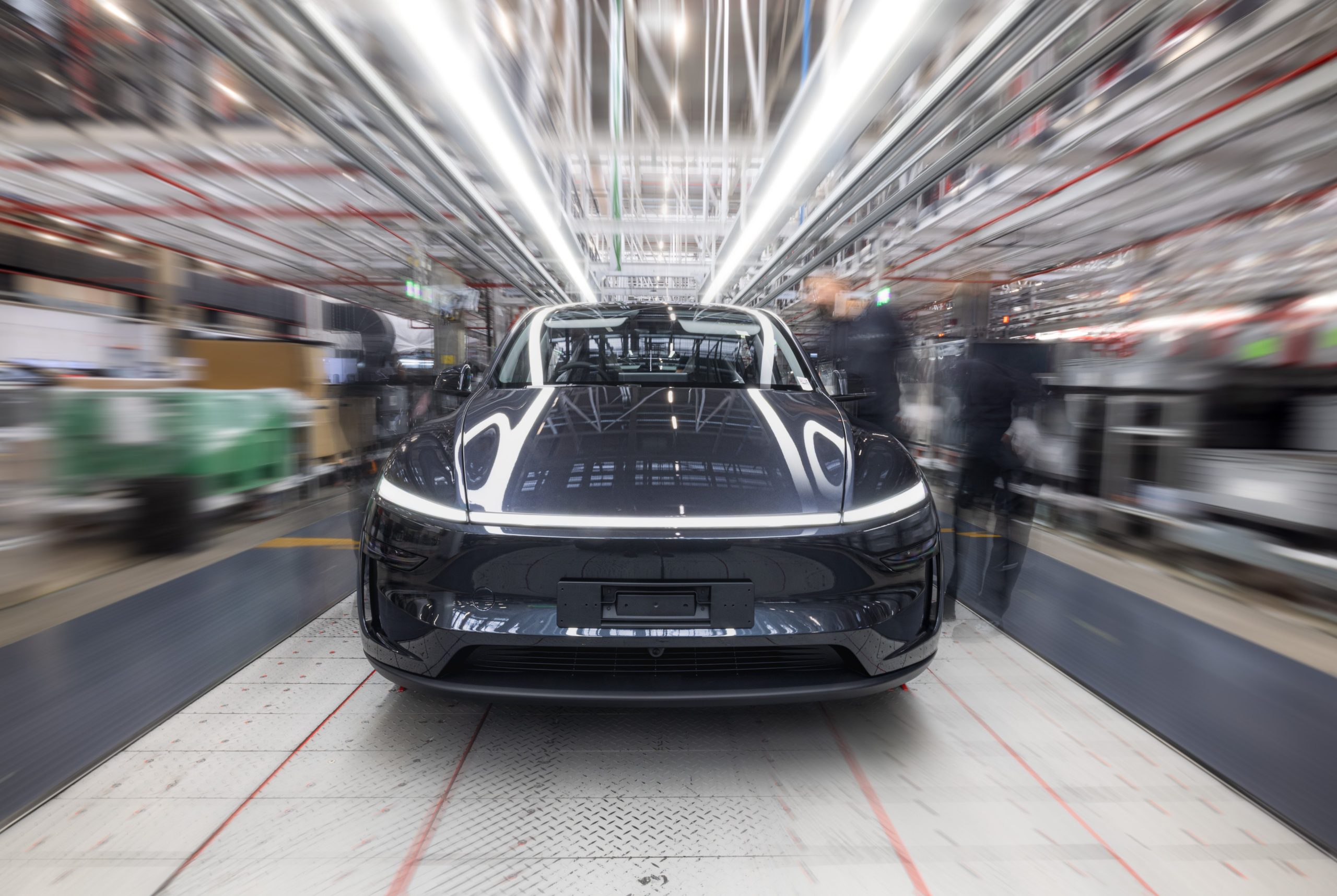
A Tesla bear is changing his tune, turning bullish for two reasons as the company’s stock has continued to get a boost over the past month.
Dan Nathan, a notorious skeptic of Tesla shares, said he is changing his tune, at least in the short term, on the company’s stock because of “technicals and sentiment,” believing the company is on track for a strong Q3, but also an investment story that will slowly veer away from its automotive business.
“I think from a trading perspective, it looks very interesting,” Nathan said, citing numerous signs of strength, such as holding its 200-day moving average and holding against its resistance level.
He also said he believes a rally for the stock could continue as it heads into the end of the quarter, especially as the $7,500 electric vehicle tax credit is coming to an end at the end of the month.
With that being said, he believes the consensus for Q3 deliveries is “probably low,” as he believes Wall Street is likely underestimating what Tesla will bring to the table on October 1 or 2 when it reports numbers for the quarter.
Tesla bear Dan Nathan has flipped his script on Tesla $TSLA shares, citing “technicals and sentiment”
— TESLARATI (@Teslarati) September 12, 2025
Tesla shares are already up over five percent today, with gains exceeding nine percent over the past five trading days, and more than fourteen percent in the past month.
While some analysts are looking at the performance of other Mag 7 stocks, movement on rates from the Federal Reserve, and other broader market factors as reasoning for Tesla’s strong performance, it appears some movement could be related to the company’s recent developments instead.
Over the past week, Tesla has made some strides in its Robotaxi program, including a new license to test the platform in the State of Nevada, which we reported on.
Tesla lands regulatory green light for Robotaxi testing in new state
Additionally, the company is riding the tails of the end of the EV tax credit, as inventory, both new and used, is running extremely low, generally speaking. Many markets do not have any vehicles to purchase as of right now, making delivery by September 30 extremely difficult.
However, there has been some adjustments to the guidelines by the IRS, which can be read here:
Tesla is trading at around $389 at 10:56 a.m. on the East Coast.
News
Tesla lands regulatory green light for Robotaxi testing in new state
This will be the third state in total where Tesla is operating Robotaxi, following Austin and California.
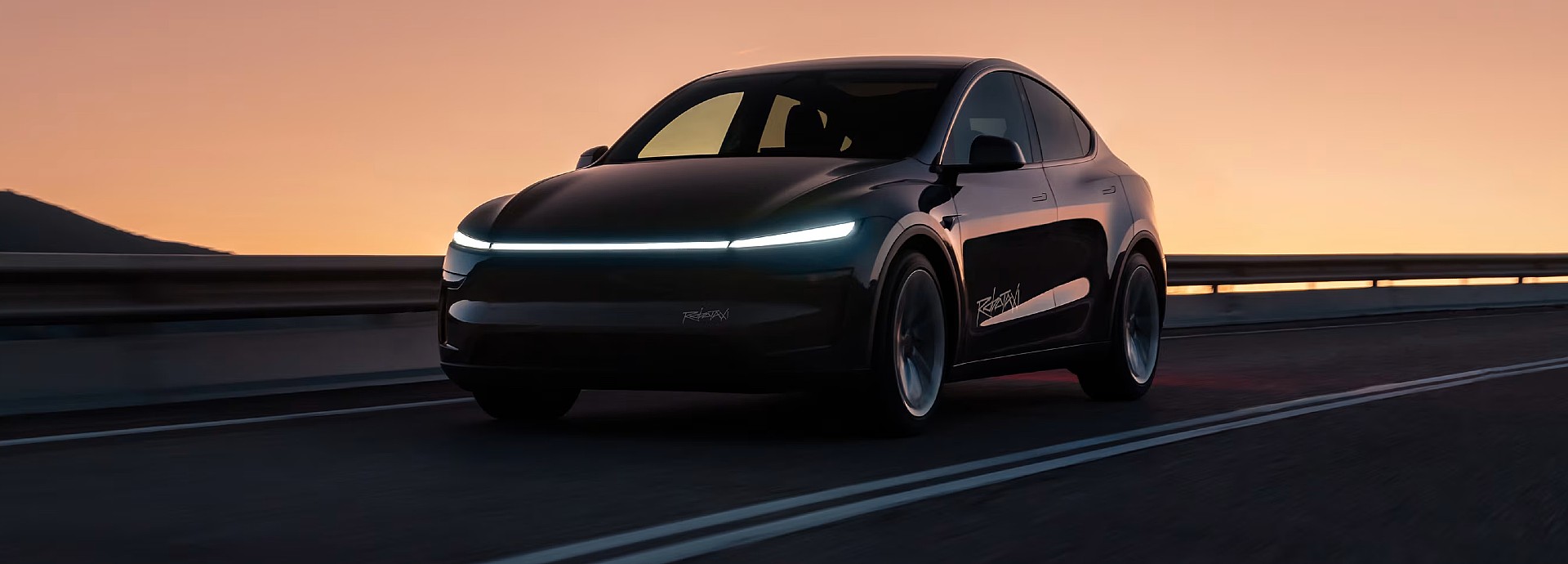
Tesla has landed a regulatory green light to test its Robotaxi platform in a new state, less than three months after the ride-hailing service launched in Texas.
Tesla first launched its driverless Robotaxi suite in Austin, Texas, back on June 22. Initially offering rides to a small group of people, Tesla kept things limited, but this was not to be the mentality for very long.
It continued to expand the rider population, the service area, and the vehicle fleet in Austin.
The company also launched rides in the Bay Area, but it does use a person in the driver’s seat to maintain safety. In Austin, the “Safety Monitor” is present in the passenger’s seat during local rides, and in the driver’s seat for routes that involve highway driving.
Tesla is currently testing the Robotaxi platform in other states. We reported that it was testing in Tempe, Arizona, as validation vehicles are traveling around the city in preparation for Robotaxi.
Tesla looks to make a big splash with Robotaxi in a new market
Tesla is also hoping to launch in Florida and New York, as job postings have shown the company’s intention to operate there.
However, it appears it will launch in Nevada before those states, as the company submitted its application to obtain a Testing Registry certification on September 3. It was processed by the state’s Department of Motor Vehicles Office of Business Licensing on September 10.
NEWS: Tesla has officially received approval from the Nevada DMV to start testing autonomous vehicles (robotaxis) on public roads.
Today, I confirmed directly with the Nevada DMV that @Tesla‘s application to obtain a Testing Registry certification was approved by the DMV Office… pic.twitter.com/hx5JhHBFiD
— Sawyer Merritt (@SawyerMerritt) September 11, 2025
It will then need to self-certify for operations, essentially meaning they will need to comply with various state requirements.
This will be the third state in total where Tesla is operating Robotaxi, following Austin and California.
CEO Elon Musk has stated that he believes Robotaxi will be available to at least half of the U.S. population by the end of the year. Geographically, Tesla will need to make incredible strides over the final four months of the year to achieve this.
-

 News2 weeks ago
News2 weeks agoTesla is overhauling its Full Self-Driving subscription for easier access
-
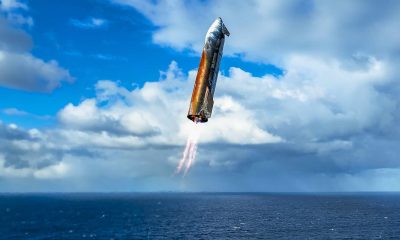
 Elon Musk2 weeks ago
Elon Musk2 weeks agoElon Musk shares unbelievable Starship Flight 10 landing feat
-

 Elon Musk1 week ago
Elon Musk1 week agoTesla’s next-gen Optimus prototype with Grok revealed
-

 News7 days ago
News7 days agoTesla launches new Supercharger program that business owners will love
-
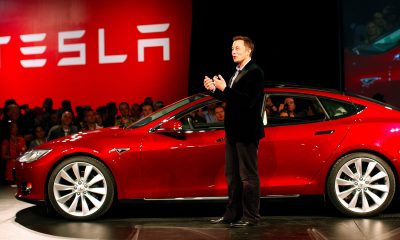
 Elon Musk7 days ago
Elon Musk7 days agoTesla Board takes firm stance on Elon Musk’s political involvement in pay package proxy
-
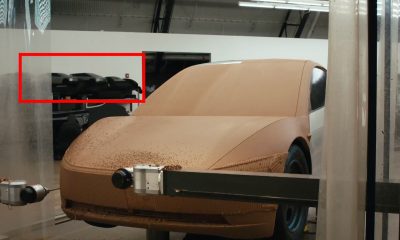
 News2 weeks ago
News2 weeks agoTesla appears to be mulling a Cyber SUV design
-
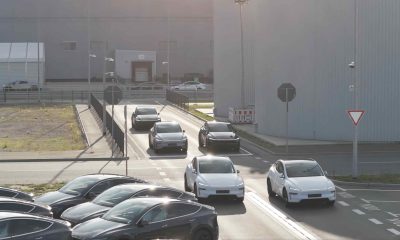
 News1 week ago
News1 week agoTesla deploys Unsupervised FSD in Europe for the first time—with a twist
-
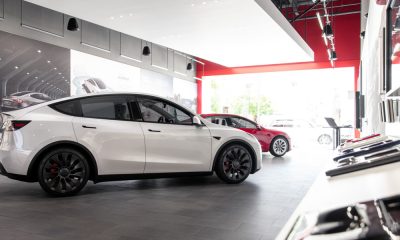
 News2 weeks ago
News2 weeks agoTesla expands crazy new lease deal for insane savings on used inventory

